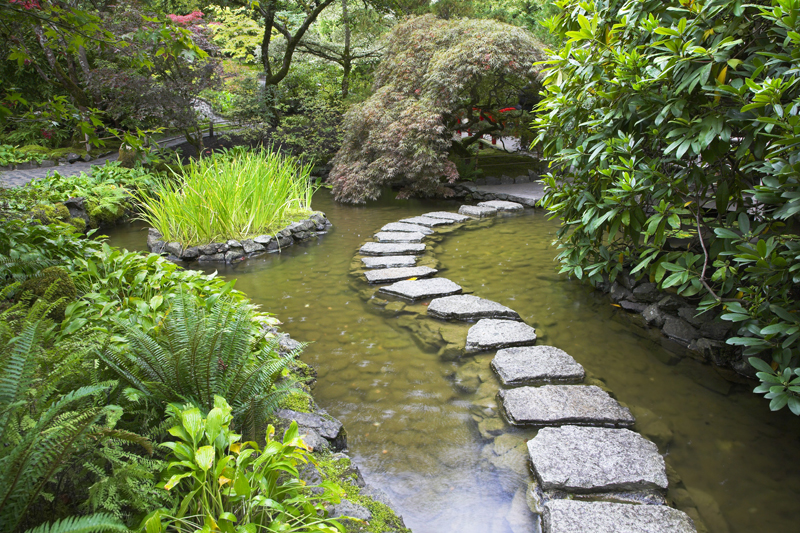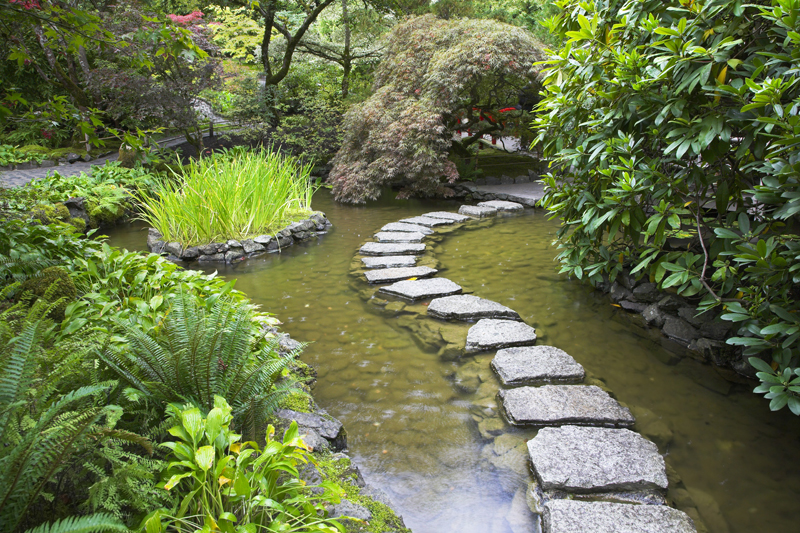Calamondin

This is also called calamondin orange. A natural hybrid, it is a hybrid of mandarin orange and kumquat. Calamondin originated in the Philippines.
One advantage to the calamondin is that this can be grown in areas where limequats aren’t well adapted.
The plant is widely grown in Southeast Asia, especially the Philippines. Hardy in zones 8 through 11, it is very hardy. This remains the most widely grown citrus relative that is used as a house plant and a container plant.
Calamondin is not a true citrus,. It is ideal as a tub or pot plant. In the Philippines, this is often grown in conservatories.
This dwarf plant is resistant to certain diseases. It has great ornamental value. Calamondin can grow to be four feet or so in height when grown indoors. When grown in outdoors landscapes, it can be taller, usually around eight to ten feet in height even though the plant is dwarf.
The very shrubby, upright columnar tree is also very twiggy. It is nearly free of thorns. The relatively vigorous plant begins flowering at a very young age when it is only a few inches tall.
The evergreen leaves are quite lovely. These are leathery and narrow with winged petioles.
There is a variegated form of calamondin with creamy white and green foliage. This variety tends to be smaller than the common one.
Calamondin can bloom intermittenly pretty much nearly year-round. The stems can sag under the weight of the fruits.
calamondin fruits are an important ingredient in Filipino cuisine. The orange-like, spherical fruits are round and quite small.
These ripen to yellow or red-orange. They’re usually in clusters of three or so.
The fruits have a thin, smooth skin. Sometimes, the peel can be striped.
The rind is edible and very sweet.
The pulp is orange and contains a small number of fairly large seeds. The flesh is juicy and tart. The fruits can be used as a substitute for lemons.
These are often made into jellies or marmalade. They can also be pickled. They can also be used for drinks and as a seasoning.
The fruits can also be used in dips, and sauces and to prevent food from turning dark. The peel is preserved for use as a flavoring. In addition, the whole fruits are fried and served with curry.
The fruits keep amazingly well on the plant—for up to a year. These can be stored in the refrigerator for up to two weeks. The main crop of fruits ripen from November through May.
In Florida and California, calamondin bears fruits year-round. These are high in potassium, calcium, and Vitamin C. These resemble limes until they begin to ripen.
One advantage to the calamondin is that this can be grown in areas where limequats aren’t well adapted.
The plant is widely grown in Southeast Asia, especially the Philippines. Hardy in zones 8 through 11, it is very hardy. This remains the most widely grown citrus relative that is used as a house plant and a container plant.
Calamondin is not a true citrus,. It is ideal as a tub or pot plant. In the Philippines, this is often grown in conservatories.
This dwarf plant is resistant to certain diseases. It has great ornamental value. Calamondin can grow to be four feet or so in height when grown indoors. When grown in outdoors landscapes, it can be taller, usually around eight to ten feet in height even though the plant is dwarf.
The very shrubby, upright columnar tree is also very twiggy. It is nearly free of thorns. The relatively vigorous plant begins flowering at a very young age when it is only a few inches tall.
The evergreen leaves are quite lovely. These are leathery and narrow with winged petioles.
There is a variegated form of calamondin with creamy white and green foliage. This variety tends to be smaller than the common one.
Calamondin can bloom intermittenly pretty much nearly year-round. The stems can sag under the weight of the fruits.
calamondin fruits are an important ingredient in Filipino cuisine. The orange-like, spherical fruits are round and quite small.
These ripen to yellow or red-orange. They’re usually in clusters of three or so.
The fruits have a thin, smooth skin. Sometimes, the peel can be striped.
The rind is edible and very sweet.
The pulp is orange and contains a small number of fairly large seeds. The flesh is juicy and tart. The fruits can be used as a substitute for lemons.
These are often made into jellies or marmalade. They can also be pickled. They can also be used for drinks and as a seasoning.
The fruits can also be used in dips, and sauces and to prevent food from turning dark. The peel is preserved for use as a flavoring. In addition, the whole fruits are fried and served with curry.
The fruits keep amazingly well on the plant—for up to a year. These can be stored in the refrigerator for up to two weeks. The main crop of fruits ripen from November through May.
In Florida and California, calamondin bears fruits year-round. These are high in potassium, calcium, and Vitamin C. These resemble limes until they begin to ripen.

Related Articles
Editor's Picks Articles
Top Ten Articles
Previous Features
Site Map
Content copyright © 2023 by Connie Krochmal. All rights reserved.
This content was written by Connie Krochmal. If you wish to use this content in any manner, you need written permission. Contact Connie Krochmal for details.



